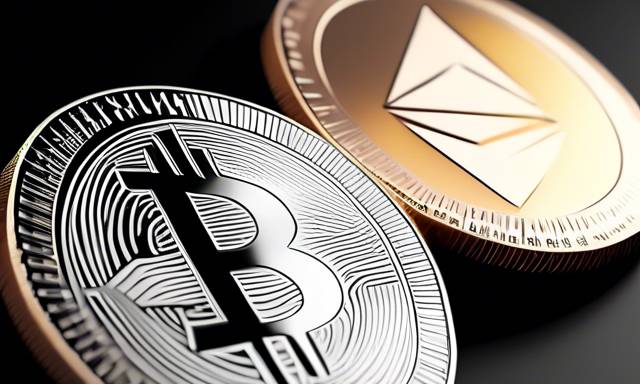Key Insights into Ethereum’s Current Landscape 🚀
This article provides an in-depth overview of Ethereum’s journey since its transition to a Proof of Stake (PoS) consensus mechanism known as the Merge. Despite initial optimism, Ethereum has encountered considerable obstacles in terms of high transaction costs and network congestion. Simultaneously, it faces competition from more efficient Layer 2 solutions and blockchains such as Solana and Avalanche. This year, Ethereum’s anticipated advantages have not fully materialized, leading some users to explore alternative platforms.
Examining the Merge’s Impact on Ethereum ⚖️
Since the implementation of the Merge on September 15, 2022, Ethereum’s expected benefits, such as improved scalability and reduced fees, have not occurred as quickly as hoped. Users have increasingly turned to Layer 2 solutions like Optimism, Arbitrum, and ZK-rollups which facilitate more efficient and cost-effective transactions. Additionally, newer platforms such as Solana, Sui, and Aptos are capturing market interest due to their higher transaction throughput and lower fees, thus threatening Ethereum’s competitive stance.
This year’s launch of Ethereum spot ETFs in the United States did not generate the anticipated institutional investment, creating a tepid market response. As economic activities shift towards Layer 2 solutions and rival blockchains, the decline in on-chain activity and network fees has been evident. This trend undermines critical revenue sources for Ethereum validators.
Can Ethereum Compete with Faster Blockchain Solutions? 🏎️
Layer 2 solutions and competing blockchains have emerged as appealing options for users looking for reduced transaction costs. Platforms such as Arbitrum, Optimism, and zkSync offer quicker and more affordable transactions while still relying on Ethereum’s security infrastructure. In contrast, rival blockchains like Solana and Avalanche not only provide decentralized finance (DeFi) capabilities but also do so at lower fees and enhanced speeds.
The emergence of Ethereum Virtual Machine (EVM)-compatible chains and cross-chain bridges simplifies liquidity movement between Ethereum and other blockchains. This liquidity fluidity has led to fragmented ecosystems, diminishing Ethereum’s dominance in DeFi and decentralized application (DApp) engagement. Consequently, an increasing number of users are exploring alternatives that promise improved scalability and greater cost-effectiveness.
Reasons for Optimism: Ethereum’s Future Potential 🌟
Despite the setbacks, Ethereum retains its status as the second-largest cryptocurrency by market cap. Its well-established reputation and expansive influence solidify its role as a significant entity in the crypto world. The vibrant developer community remains a driving force for innovation, continuously working on enhancements for scalability, user experience, and fee reduction.
The Ethereum network’s transition to Proof of Stake through the Merge demonstrates a commitment to evolving the platform. Upcoming improvements, particularly in sharding and ongoing Layer 2 developments, aim to boost Ethereum’s transaction capacity and resolve the key challenges that push users towards competing blockchains.
Though the launch of Ethereum ETFs has seen modest returns, they present fresh pathways for conventional investors to engage with Ethereum. As the cryptocurrency market matures and confidence grows among investors, these ETFs could potentially attract more engagement over time.
Looking ahead, Ethereum’s foundational setup and its focus on continuous improvement position it for noteworthy growth. If the network manages to effectively carry out its planned upgrades, it has the potential to reclaim its prominence in the blockchain arena, drawing back developers, users, and liquidity to its ecosystem.
Hot Take: Ethereum’s Path Forward 🌈
In summary, while Ethereum faces formidable challenges as it competes with alternative blockchains and Layer 2 solutions, its established foundations, current innovations, and a committed community pave the way for its potential resurgence. The network’s ability to adapt and implement effective solutions will be vital as cryptocurrency dynamics shift. Ethereum has the opportunity to evolve and facilitate a thriving environment for its users, ensuring its influential presence in the ever-changing blockchain landscape.





 By
By
 By
By
 By
By
 By
By
 By
By
 By
By